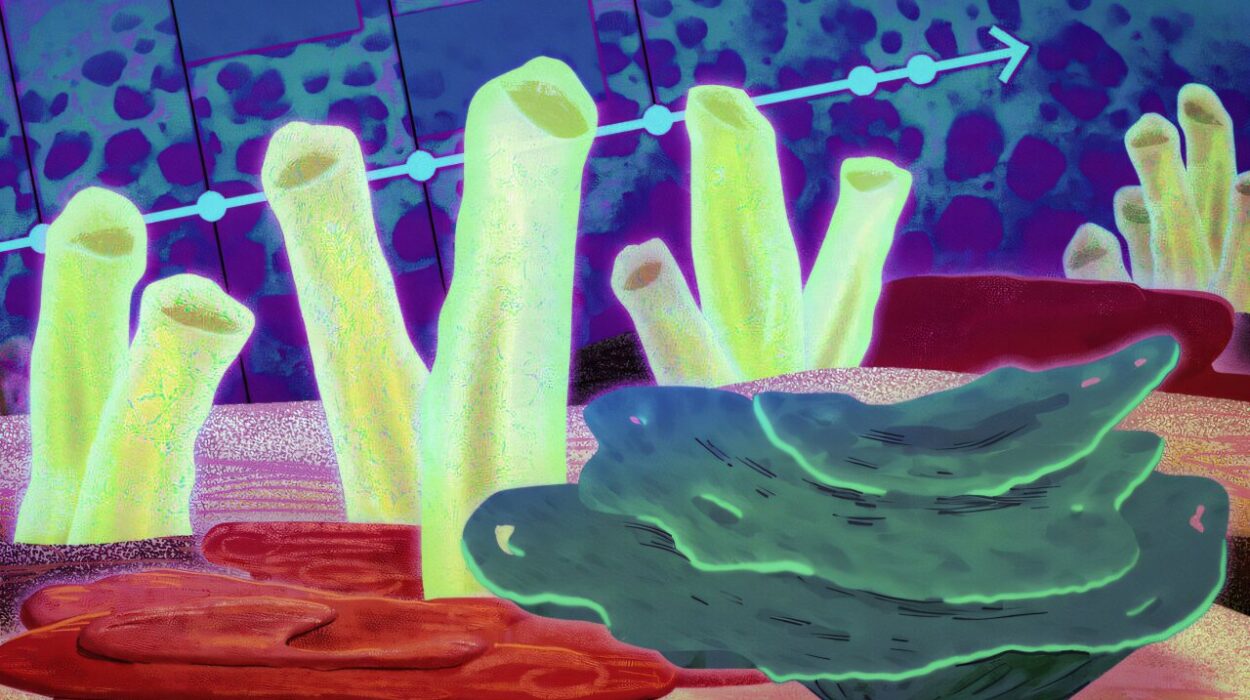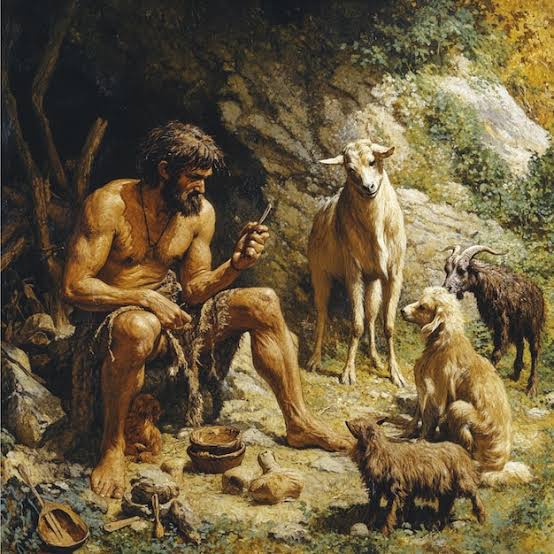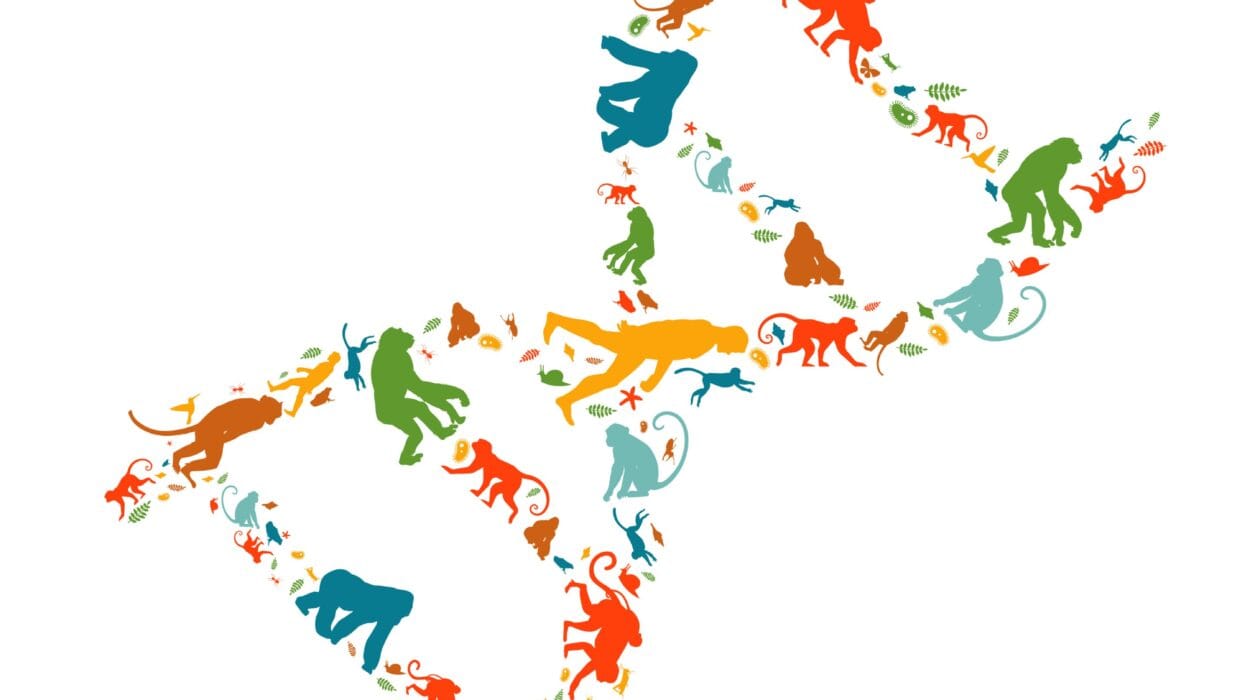Sometimes, the most remarkable discoveries don’t come from unearthing new fossils—but from looking again at the ones we already have. That’s exactly what happened when a team of paleontologists took a fresh look at a set of mysterious snake bones that had been quietly resting in a museum collection for over four decades. What they uncovered was a species entirely new to science—Paradoxophidion richardoweni, an ancient serpent that slithered across England some 37 million years ago.
This small, extinct snake isn’t just a new addition to the fossil record—it may also be a crucial missing link in understanding how modern snakes evolved. The discovery, now published in Comptes Rendus Palevol, offers tantalizing new clues about the origins of the world’s most widespread and diverse group of serpents: the caenophidians, or “advanced” snakes.
Fossils from the Edge of a Lost World
The story of Paradoxophidion richardoweni begins in 1981, when a collection of ancient snake vertebrae was uncovered at Hordle Cliff, a fossil-rich site on England’s southern coast near Christchurch. For years, the bones sat in storage, unassuming yet intriguing—tiny vertebrae, each just a few millimeters long.
Only recently did paleontologists Dr. Georgios Georgalis of the Polish Academy of Sciences and Dr. Marc Jones of London’s Natural History Museum take a closer look. Using modern imaging techniques such as CT scanning, they created high-resolution 3D models of the bones. What they found astonished them: the vertebrae didn’t match any known species.
After careful analysis, the scientists realized they had identified an entirely new snake—one that carried a mix of traits seen in different branches of modern serpents. This unusual combination inspired its name, Paradoxophidion, meaning “paradox snake” in Greek. Its species name, richardoweni, honors Sir Richard Owen, the legendary Victorian anatomist who not only described the first fossil snakes from Hordle Cliff but also founded what would become the Natural History Museum itself.
For Georgalis, the moment of realization was deeply personal. “It was my childhood dream to visit the Natural History Museum, let alone do research there,” he said. “So when I saw these very weird vertebrae and realized they were something new, it was a fantastic feeling.”
England in the Age of Snakes
To imagine the world Paradoxophidion lived in, we must travel back 37 million years to the Eocene Epoch—a time when Earth was warmer, wetter, and teeming with life.
Back then, England was not the mild, temperate land we know today. It was a lush subtropical landscape, bathed in higher levels of carbon dioxide and closer to the equator. Dense forests and swampy wetlands covered the region, buzzing with insects, reptiles, and early mammals.
“Hordle Cliff provides a window into this ancient world,” explains Dr. Jones. “Around 37 million years ago, England was much warmer than today—almost tropical. The ecosystems were incredibly rich.”
Over the past two centuries, this site has revealed a treasure trove of fossils, from crocodile relatives and turtles to mammals and lizards. Snake fossils are particularly abundant, and some of the earliest fossilized constrictors—such as Paleryx—were first described here by Richard Owen himself. Yet many of the smaller snake remains had gone largely overlooked—until now.
The Secrets Inside Ancient Bones
The 31 vertebrae identified as Paradoxophidion richardoweni varied slightly in size and shape, reflecting their positions along the snake’s spine. When digitally reconstructed, they revealed a serpent less than a meter long—roughly the length of a modern grass snake.
But it wasn’t the size that fascinated the researchers; it was the snake’s anatomy. Its bones bore a “mosaic” of traits—some primitive, others strikingly modern. Certain features linked it to the caenophidians, the vast group that includes nearly all modern snakes, from cobras to vipers to rat snakes. Others hinted at more ancient origins.
This strange blend suggests that Paradoxophidion sat near the base of the caenophidian family tree, making it one of the earliest known members of this important lineage. It bridges the evolutionary gap between early, more primitive snakes and the highly specialized serpents that dominate today’s ecosystems.
“Describing an early diverging caenophidian is especially exciting,” Georgalis explains. “There’s still so little fossil evidence about how modern snakes emerged, and Paradoxophidion brings us closer to understanding that story.”
A Possible Connection to Modern Relatives
While the fossilized vertebrae don’t reveal everything about how Paradoxophidion lived, they do bear a striking resemblance to those of a curious modern snake family—the Acrochordids, also known as “elephant trunk snakes.”
These unusual reptiles, now found only in Southeast Asia and northern Australia, live exclusively in water and have loose, baggy skin that helps them sense vibrations from prey. They are considered one of the oldest branches of the caenophidian lineage, with a fossil record stretching back over 20 million years.
Because Paradoxophidion shares so many anatomical features with acrochordids, Georgalis believes it could represent their earliest known ancestor—perhaps even the first aquatic member of this ancient family.
“If that’s true,” he notes, “then Paradoxophidion might be the oldest aquatic caenophidian we know of. But it’s also possible that it belongs to a different group entirely. The evidence is tantalizing but not yet definitive.”
A Tribute to Science and History
Beyond its evolutionary importance, the discovery of Paradoxophidion richardoweni carries a poetic symmetry. The fossils were unearthed at the same site where Richard Owen—one of the pioneers of paleontology—studied fossil snakes nearly two centuries ago. Now, a species discovered there bears his name, a fitting tribute to his legacy.
Hordle Cliff, once combed by early fossil hunters like Barbara Rawdon-Hastings, the Marchioness of Hastings, remains a symbol of England’s deep paleontological heritage. It was she who discovered many of the first fossils studied by Owen, sparking the chain of discoveries that continues today.
In many ways, Paradoxophidion reconnects past and present—linking the earliest days of fossil science with the cutting-edge technologies that define modern paleontology.
Peering into the Future of Snake Evolution
To truly understand Paradoxophidion’s place in the snake family tree, scientists will need to uncover more fossils—ideally skulls or additional skeletons that can reveal how it hunted, moved, and lived. Georgalis and Jones are already planning further investigations in museum collections, convinced that other new species may still be hidden in plain sight.
“There are many bones in these collections that haven’t been fully studied,” Georgalis says. “Some of them could represent new species, maybe even new families. Each one has the potential to reshape our understanding of snake evolution.”
Among the specimens awaiting re-examination are fossils of Palaeophis, a massive aquatic snake that once prowled England’s warm Eocene seas. Together, these discoveries could reveal how snakes adapted from land to water—and eventually diversified into the more than 3,000 species alive today.
More information: Georgios L. Georgalis et al, A new peculiar early diverging caenophidian snake (Serpentes) from the late Eocene of Hordle Cliff, England, Comptes Rendus Palevol (2025). DOI: 10.5852/cr-palevol2025v24a25






